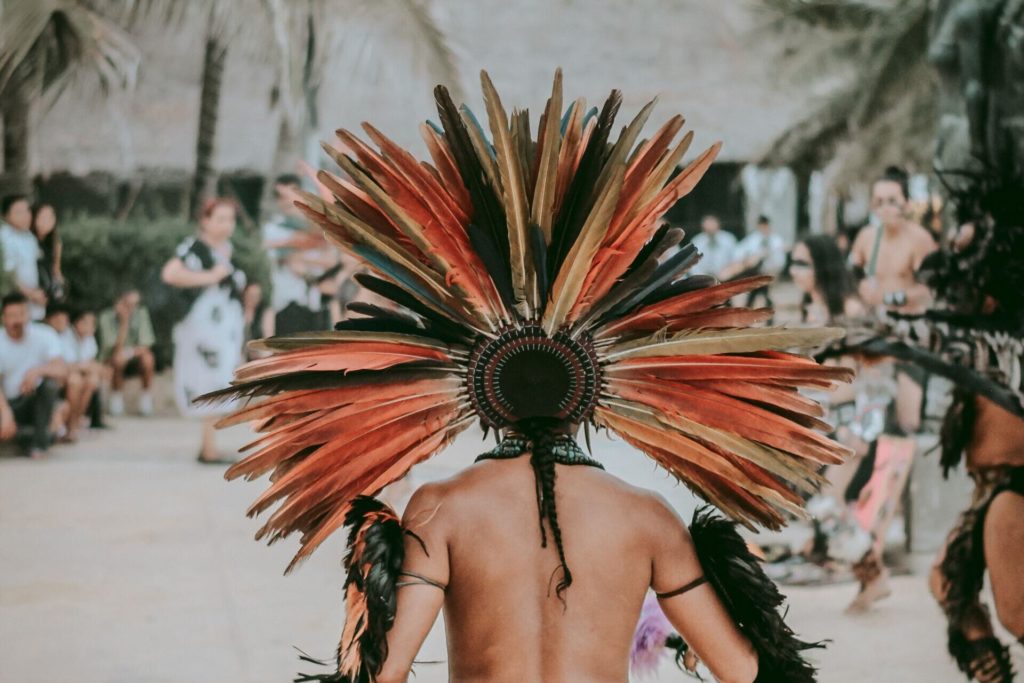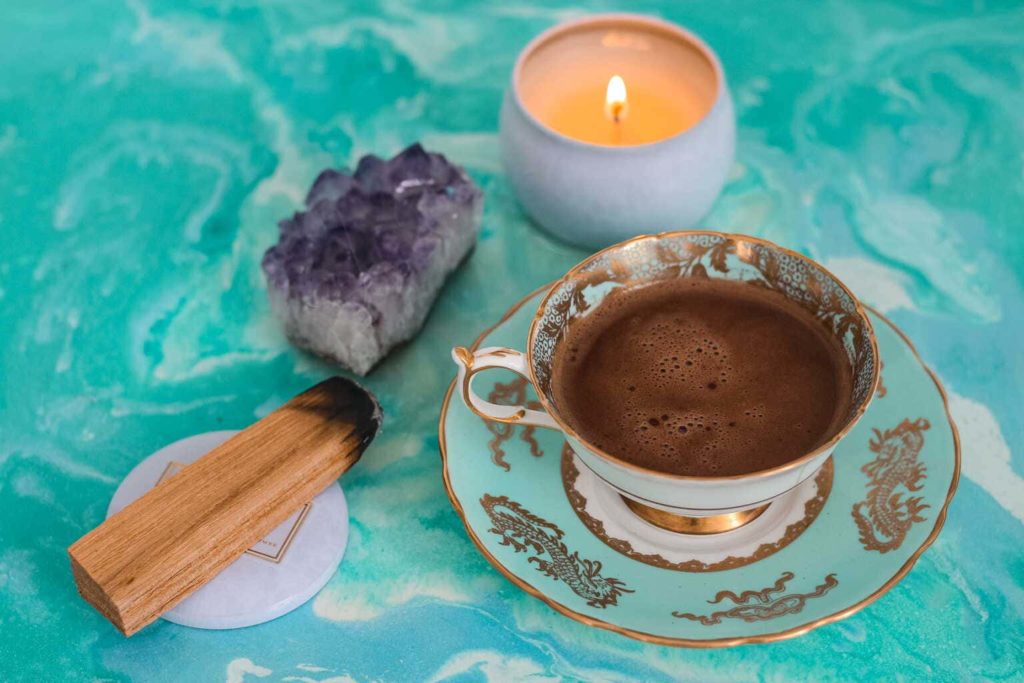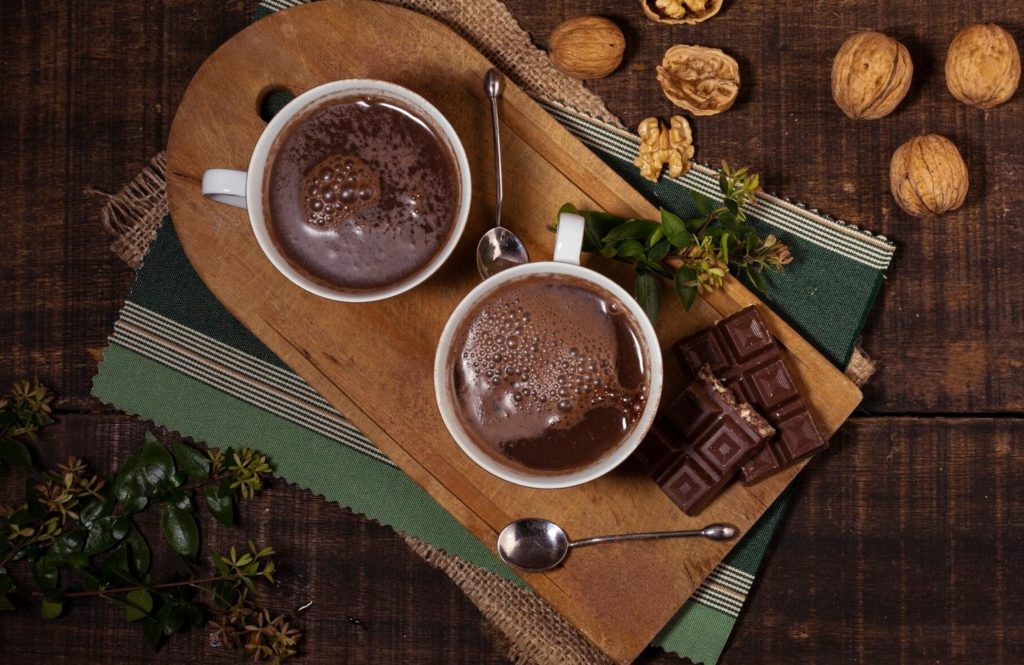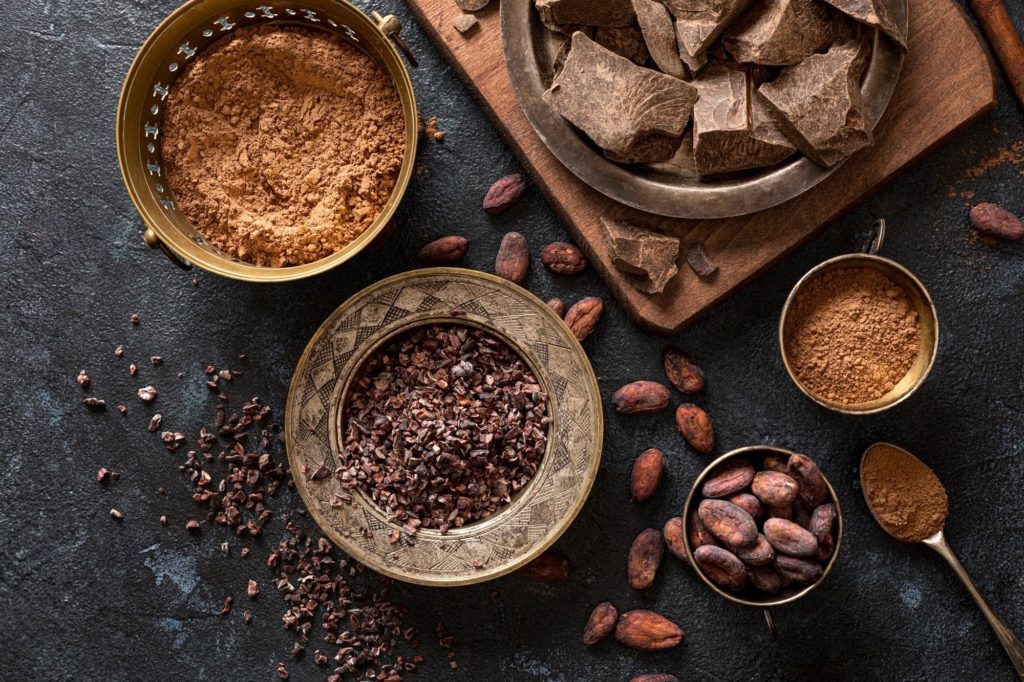Cocoa has been an important part of the culture and economy of Central America for more than 2,000 years. The Mayans in particular valued cocoa not only as a drink, but also as a currency and religious symbol. In this article, we want to give you an insight into the importance of cocoa for the Mayas.
Who were the Mayas?
The Mayans, a sophisticated civilization in Mesoamerica that flourished between the 3rd century BC and the 10th century AD, developed not only advanced architectural and mathematical skills, but also a remarkable connection to nature and natural resources.
The Mayans lived in areas that today include southern Mexico, Guatemala, Belize, Honduras and El Salvador. They developed their own written language, mathematics, astronomy and calendar systems and built impressive pyramids, temples and palaces. The Mayans were also known for their agricultural techniques and their trade with other cultures in Central America.
History of cocoa among the Mayas
The cultural significance of cacao among the Mayans extended far beyond its role as a drink and was reflected in various aspects of daily life and society. The name of the cacao tree as “cacahuaquchtl” not only highlighted the botanical identity of the tree, but also symbolized its deep roots in the mythological imagination of the Maya. They regarded the cacao tree as sacred and associated it with various deities. This religious reverence was expressed not only in ritual ceremonies, but also in the production of the divine drink “xocolatl”.
Religious significance of cocoa for the Mayas
“Xocolatl”, the drink made from cocoa beans, was much more than just a stimulant. It was used by the Mayas in religious rites as an offering to the gods and was regarded as a powerful elixir charged with spiritual energy. The preparation of “xocolatl” was an art form in which the Mayans added various spices such as chili, vanilla and local herbs to give the drink a unique and complex flavor.
Production of cocoa by the Mayas
The production of cocoa was a complex process for the Mayans. The cocoa beans were roasted, crushed and mixed with water and spices to make a thick paste. This paste was then frothed and the resulting foam was served as a drink. The drink was bitter and was therefore often flavored with spices such as vanilla, chili or cinnamon.
Cocoa trade with the Mayas
Cocoa played a crucial role in the social and economic fabric of Mayan society. The use of cocoa beans as currency illustrates not only their functional role in the trading system, but also their symbolic value. The exchange of stones or precious metals for cocoa beans was not only an economic act, but also a cultural exchange that emphasized the importance of cocoa in various areas of Mayan life.
In the Mayan trade networks, cocoa was used as a coveted commodity. It was exchanged for a variety of goods, including handmade pottery, high-quality tools and ornate textiles. This regular trade not only contributed to economic stability, but also promoted cultural exchange between different regions of the Maya civilization.
Conclusion
Overall, the history of cacao among the Maya reflects the complexity of their culture and the profound connection between humans and nature. The cacao tree and its fruit were more than just a source of food and trade goods for the Maya; they were a central part of their religious rituals, social structure and cultural heritage.




